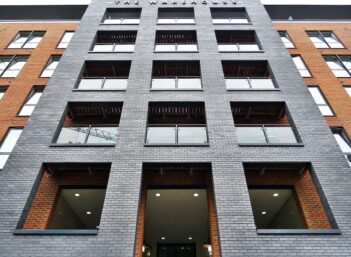What is the Free Asset Ratio (FAR)?
Free asset ratio refers to the net assets of an insurance company as a percentage of its total assets. Free assets are the same as net assets, that is, assets that are not obligated to insurance policies.
How Does the Free Asset Ratio (FAR) Work?
The formula for calculating FAR is:
FAR = (Total Assets – Secured Assets) / Total Assets
An insurance company must maintain certain financial reserves on hand to cover its obligations to its policyholders. The insurance company invests in assets that produce income for the company. A portion of these assets is pledged to secure the obligations of the company. The remaining portion is free assets.
For example, if Company XYZ has $1,000,000 in total assets and $700,000 of that are liabilities tied to policies, then its free asset ratio is 30%.
1,000,000 - 700,000 = 300,000
300,000 / 1,000,000 = 0.3 = 30%
Why Does the Free Asset Ratio (FAR) Matter?
British insurance companies use this ratio as a solvency measure. It is measured as available assets less required minimum margin of solvency divided by admissible assets. The higher the percentage of the ratio, the more easily it allows the insurance company to expand its operations.



